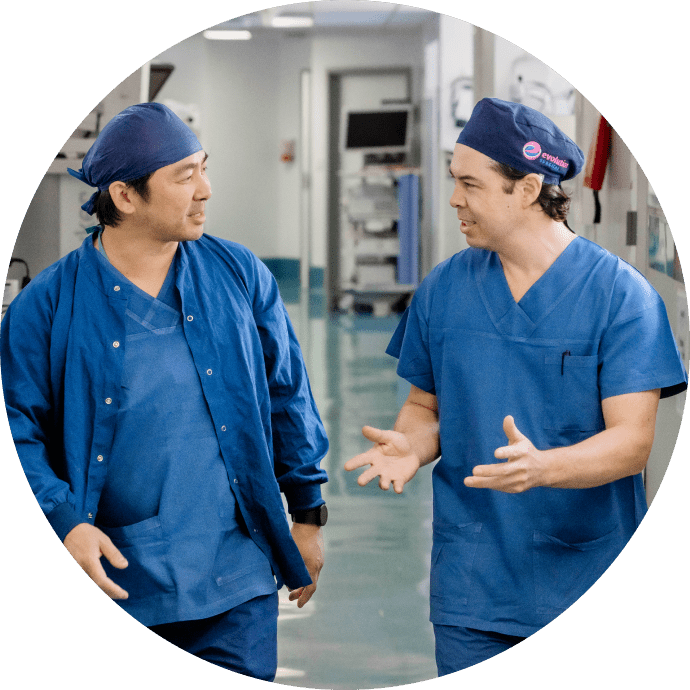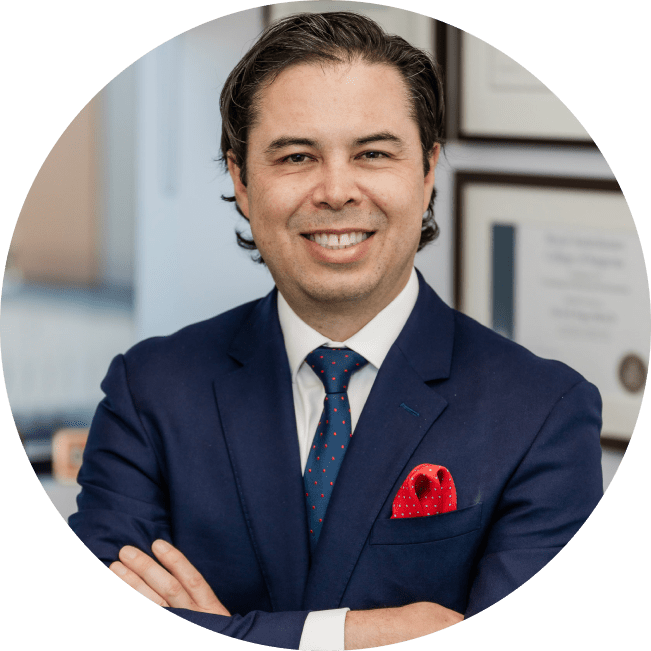The thoracic spine, located in the middle section of the vertebral column, is a critical yet often overlooked region that plays a key role in the overall stability and function of the spine.
It consists of twelve vertebrae (T1 to T12) and serves as an attachment point for the ribs, forming a protective cage around vital organs. Despite its robustness, the thoracic spine can be susceptible to various conditions that can affect your quality of life.
Our clinic offers expert care for all forms of thoracic spine conditions, employing the latest research, non-invasive therapies, and when indicated, surgical techniques, to provide you with the best possible outcomes.
Common Thoracic Spine Conditions
We understand that dealing with thoracic spine issues can be daunting.
We are dedicated to quality patient care and optimising health outcomes, rooted in the latest advanced, non-invasive and surgical treatment options.
To achieve this, we employ a best-practice, patient-centric, multidisciplinary model of care, incorporating a wide range of allied health professionals and specialist physicians in your care where necessary, coordinated by your lead neurosurgeon, Dr Raoul Pope.
We offer a compassionate environment where you are listened to and respected, where a comprehensive diagnosis of your underlying condition is conducted, and a tailored treatment plan is developed in order to reduce or eliminate your pain and dysfunction, and improve your quality of life.

If you are experiencing symptoms or concerns related to a thoracic spine condition, please don’t hesitate to contact us. Early diagnosis and treatment are crucial in preventing further complications and enhancing recovery.

Dr Raoul Pope is a highly experienced Neurosurgeon and sub-specialised Spine Surgeon with 20+ years of experience. He consults and operates across Sydney.
Dr Pope completed a sub-specialised, dedicated, international training fellowship in complex neurosurgical and orthopaedic spine surgery at a recognised, high-volume Centre of Excellence in spine surgery, in Canada.
He offers telehealth consultations and welcomes both private and public patients.